Votre message a été envoyé.
Nous traiterons votre demande et vous contacterons dès que possible.
Le formulaire a été soumis avec succès.
Vous trouverez de plus amples informations dans votre boîte aux lettres.
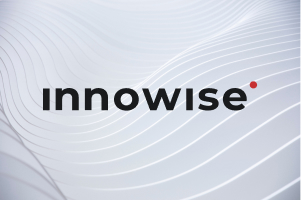
Sélection de la langue
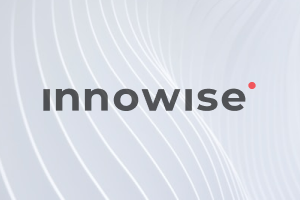

La fabrication n'est pas une mince affaire - j'ai vu de mes propres yeux comment les exigences croissantes en matière d'efficacité et d'agilité peuvent pousser les entreprises à leurs limites. Et soyons honnêtes, s'accrocher à des processus dépassés ? C'est la recette de la frustration, de l'inefficacité et des opportunités manquées. J'ai travaillé avec des entreprises qui luttaient contre les goulets d'étranglement, le chaos de la chaîne d'approvisionnement et les retards de production. Jusqu'à ce qu'elles adoptent l'ERP.
C'est là que le logiciel ERP pour la fabrication change la donne. Il ne s'agit pas d'un simple outil, mais de l'épine dorsale d'une opération moderne et rationalisée. Mon équipe et moi-même avons aidé des entreprises à intégrer l'ERP afin d'optimiser la production, de réduire les coûts et d'augmenter la productivité d'une manière qu'elles n'auraient jamais imaginée. Dans cet article, je vous expliquerai comment l'ERP peut transformer votre entreprise manufacturière et vous mettre sur la voie d'une réussite à long terme.
Prêt à assurer l'avenir de vos opérations ? Plongeons dans le vif du sujet.
La demande d'ERP dans l'industrie manufacturière est montée en flèche, et j'ai vu de mes propres yeux comment les entreprises - grandes et petites - adoptent ces systèmes pour rester compétitives. Selon Technology Evolution Centers, 50% des entreprises vont acquérir, mettre à niveau ou planifier une mise à jour des systèmes ERP prochainement.
Le marché lui-même est en plein essor. Les rapports de l'industrie prévoient que le marché mondial des ERP passera de $71,62 milliards en 2025 à $114,09 milliards en 2030, avec un 9,76% CAGR. Pourquoi ? Parce que les fabricants sont soumis à une pression constante pour optimiser les ressources, améliorer la coordination et réduire les coûts tout en répondant aux exigences du marché.
L'industrie manufacturière domine l'espace ERP, représentant 25,7% du marché mondial. La gestion de chaînes d'approvisionnement complexes, la garantie d'une production sans faille et le maintien de l'efficacité opérationnelle sont des priorités absolues - des domaines dans lesquels l'ERP a prouvé qu'il pouvait changer la donne.
L'ERP pour l'industrie manufacturière intègre les fonctions essentielles de l'entreprise pour vous aider à optimiser les opérations, à accroître l'efficacité et à économiser de l'argent. Voici un aperçu des principales fonctionnalités qui font la différence.

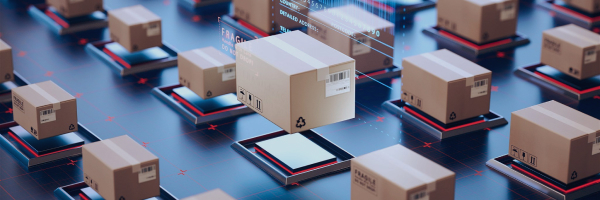












"Les systèmes ERP sont plus qu'un simple outil - ils sont un élément clé pour rester compétitif, en particulier si nous parlons d'ERP pour l'industrie manufacturière, où la vitesse, la précision et l'efficacité comptent le plus. Chez Innowise, nous aidons les entreprises à mettre en œuvre des solutions ERP qui rationalisent la production, améliorent la visibilité de la chaîne d'approvisionnement et fournissent des informations fondées sur des données pour une prise de décision plus intelligente."

Michael Labutin
Chef du département ERP
Nous proposons la mise en œuvre d'un système ERP de bout en bout, en guidant les entreprises tout au long du processus, de la planification initiale au déploiement complet. Nos experts adaptent les solutions aux besoins uniques de vos opérations de fabrication afin de garantir une intégration harmonieuse et une fonctionnalité optimale dès le premier jour.
Innowise facilite le transfert transparent de vos données commerciales essentielles des systèmes existants vers la nouvelle plateforme ERP. Nous donnons la priorité à l'intégrité et à la précision des données tout en minimisant les temps d'arrêt. En même temps, nous veillons à ce que toutes les informations restent accessibles et bien organisées dans le nouveau système.
Nous fournissons une assistance continue afin de garantir que votre système ERP fonctionne de manière optimale. Du dépannage aux mises à jour et améliorations du système, notre équipe est toujours disponible pour résoudre rapidement les problèmes et assurer le bon déroulement de vos opérations, en s'adaptant à l'évolution des besoins de l'entreprise.
Nous proposons des sessions de formation sur mesure pour permettre à votre équipe d'acquérir les compétences nécessaires à l'utilisation efficace de votre nouveau système ERP. Nous proposons des sessions de formation personnalisées pour aider tous les utilisateurs, des plus simples aux plus expérimentés, à comprendre le système et à en exploiter tout le potentiel pour une productivité maximale.
Nous vous aidons à automatiser les flux de travail de votre entreprise afin d'améliorer l'efficacité et de réduire les erreurs manuelles. Nos solutions ERP rationalisent les tâches telles que le traitement des commandes, la gestion des stocks et les rapports financiers, ce qui permet à votre équipe de se concentrer sur des aspects plus stratégiques de l'entreprise tout en garantissant la cohérence et la précision.
Nous développons des solutions de business intelligence (BI) et de reporting adaptées à vos opérations de fabrication. Notre équipe aide à créer des tableaux de bord personnalisables, des rapports automatisés et des analyses prédictives, permettant des décisions fondées sur des données qui améliorent l'efficacité, la productivité et la rentabilité.
Nous développons des solutions ERP basées sur le cloud qui offrent flexibilité, évolutivité et accès à distance. Grâce à l'ERP en nuage, vos opérations de fabrication peuvent se dérouler sans problème, sans qu'il soit nécessaire de mettre en place une infrastructure coûteuse. Il offre un accès en temps réel aux données, de n'importe où et à n'importe quel moment, et permet une collaboration transparente entre les équipes.
Si votre système ERP existant a besoin d'améliorations ou de fonctionnalités supplémentaires, nos services d'amélioration constituent la solution idéale. Nous analysons votre configuration actuelle, identifions les lacunes et mettons en œuvre des mises à niveau qui s'alignent sur l'évolution des besoins de votre entreprise, en améliorant la fonctionnalité et l'efficacité de votre système ERP.
Optimisez vos opérations de fabrication grâce à des solutions ERP de nouvelle génération
J'ai travaillé avec un certain nombre de fabricants qui ont mis en place des systèmes de gestion de l'information. Microsoft Dynamics 365 Il s'agit d'une solution ERP puissante, mais qui n'est pas vraiment prête à l'emploi. C'est lorsque vous avez besoin d'une intégration profonde entre les départements et que vous utilisez déjà des outils Microsoft comme Office 365, Teams et Power BI qu'elle s'avère vraiment efficace.
Ce qui le distingue, c'est qu'il relie étroitement les opérations de fabrication aux ventes, aux finances et aux services. Vous pouvez passer de la prévision de la demande à l'ajustement des plans de la chaîne d'approvisionnement dans le même tableau de bord, l'IA vous faisant des suggestions en cours de route. Le module de production, par exemple, vous permet de gérer les nomenclatures, le routage et la planification des ressources avec l'automatisation intégrée, et non comme une extension séparée.
L'un de mes aspects préférés ? Vous pouvez extraire des rapports Power BI directement dans vos vues ERP. J'ai vu des équipes réduire le temps de reporting de plus de 60% simplement en remplaçant les exportations Excel encombrantes par des tableaux de bord en temps réel.
Convient le mieux à les fabricants de grande et moyenne taille dont les opérations sont complexes et qui ont besoin d'une visibilité totale des processus, de données en temps réel et d'une collaboration harmonieuse entre les équipes, en particulier celles qui utilisent déjà des outils Microsoft.
Si vous recherchez la flexibilité sans épuiser votre budget informatique, Odoo est difficile à battre. C'est une alternative beaucoup plus légère à des systèmes comme Dynamics 365 ou SAP S/4HANA, et grâce à sa nature open-source, même la version payante reste assez économique.
Ce qui distingue vraiment Odoo, c'est sa modularité. Vous pouvez commencer petit - inventaire, MRP, ventes - et ajouter d'autres modules au fur et à mesure que votre entreprise se développe. Pas besoin de payer trop cher pour des choses que vous n'utilisez pas encore.
Bien entendu, il n'est pas parfait dès sa sortie de l'emballage. Des fonctionnalités avancées comme la maintenance prédictive ou des flux de travail très spécifiques impliquent généralement l'intégration d'applications tierces ou un peu de travail de développement personnalisé. Mais avec le bon partenaire technique, la flexibilité d'Odoo vous permet d'en faire exactement ce dont votre usine a besoin.
Idéal pour les petites et moyennes entreprises manufacturières qui ont besoin d'une solution ERP rentable et adaptable avec des capacités de personnalisation étendues
SAP S/4HANA n'est pas seulement un système ERP ; c'est un véritable centre de commandement pour les fabricants qui jonglent avec plusieurs usines, des opérations internationales et un millier de pièces mobiles dans la chaîne d'approvisionnement. Il gère les règles fiscales de plusieurs pays, les devises multiples et la logistique interentreprises en un seul endroit. Le moteur en mémoire permet aux énormes ensembles de données de se déplacer rapidement, de sorte que vous n'êtes pas bloqué.
Supposons que vous exploitiez des usines aux États-Unis, en Allemagne et en Chine. Avec S/4HANA, vous pouvez suivre les matériaux en temps réel, du fournisseur à l'usine et au client. Si une expédition est retardée, le système le signale immédiatement et donne à votre équipe les informations dont elle a besoin pour agir rapidement. Vous disposez également d'outils de maintenance prédictive, qui permettent d'entretenir les machines avant qu'elles ne tombent en panne, et non après.
Bien entendu, toute cette puissance de feu a un prix, au sens propre comme au sens figuré. La mise en œuvre prend du temps, la personnalisation nécessite généralement des partenaires SAP certifiés et votre équipe aura besoin d'une formation sérieuse.
Convient le mieux à les grandes entreprises manufacturières qui ont besoin d'un ERP complet avec une personnalisation poussée, une automatisation et une assistance au niveau de l'entreprise.
Les solutions de planification des ressources de l'entreprise changent la donne pour les entreprises qui cherchent à rester en tête sur le marché actuel, qui évolue rapidement. Ces systèmes ne se contentent pas d'améliorer les opérations : ils les rendent plus efficaces et plus connectées. En intégrant les processus clés, l'ERP apporte des données en temps réel, l'automatisation et une coordination transparente à chaque département.
Le résultat ? Une entreprise plus souple, plus efficace et plus compétitive, prête à relever tous les défis qui se présentent à elle :













Fabrication en ce moment, vous pouvez avoir l'impression de jongler avec une centaine de choses à la fois. Des délais serrés, des surprises au niveau de la chaîne d'approvisionnement, des coûts en hausse et une pression constante pour aller plus vite sans commettre d'erreur. J'ai vu des équipes ensevelies sous les feuilles de calcul, perdant la trace des stocks ou faisant constamment des pieds et des mains pour rattraper les retards de production. Cela vous semble familier ?
C'est là que l'ERP intervient. Il relie l'ensemble de vos opérations afin que tout se déroule plus facilement, plus rapidement et avec beaucoup moins de stress. La planification de la production est facilitée, les stocks sont mis à jour automatiquement, les commandes sont traitées plus rapidement et les rapports se construisent pratiquement tout seuls. Plus important encore, votre équipe dispose enfin de données en temps réel qui lui permettent de prendre de meilleures décisions sans avoir à se livrer à des conjectures.
Bien sûr, ce n'est pas une baguette magique qui résout tous les problèmes. Mais il vous donne une chance de garder le contrôle lorsque tout ce qui vous entoure ne cesse de changer. Et de nos jours, c'est déjà une grande victoire.
Les systèmes ERP offrent plusieurs avantages clés aux fabricants :
Le processus d'intégration d'un système de planification des ressources de l'entreprise avec les systèmes existants implique généralement ce qui suit :
Le délai de mise en œuvre d'un système ERP dans l'industrie manufacturière varie en fonction de plusieurs facteurs, notamment la complexité des processus d'entreprise, la taille de l'organisation et la solution ERP choisie. En moyenne, la mise en œuvre d'un système ERP peut prendre entre 3 à 12 mois. Cela comprend le temps nécessaire à la planification, à la configuration du système, aux tests, à la formation et à la migration des données. Les grandes organisations complexes peuvent avoir besoin de plus de temps pour une mise en œuvre efficace et sans heurts.
Dmitry dirige la stratégie technologique derrière les solutions personnalisées qui fonctionnent réellement pour les clients - aujourd'hui et au fur et à mesure de leur croissance. Il fait le lien entre la vision d'ensemble et l'exécution pratique, s'assurant que chaque construction est intelligente, évolutive et alignée sur l'entreprise.








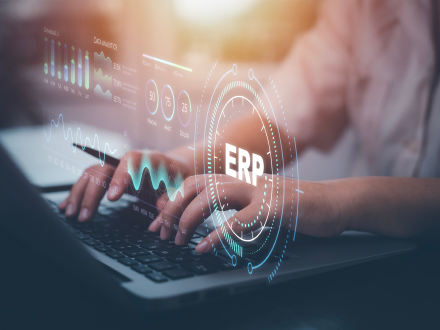
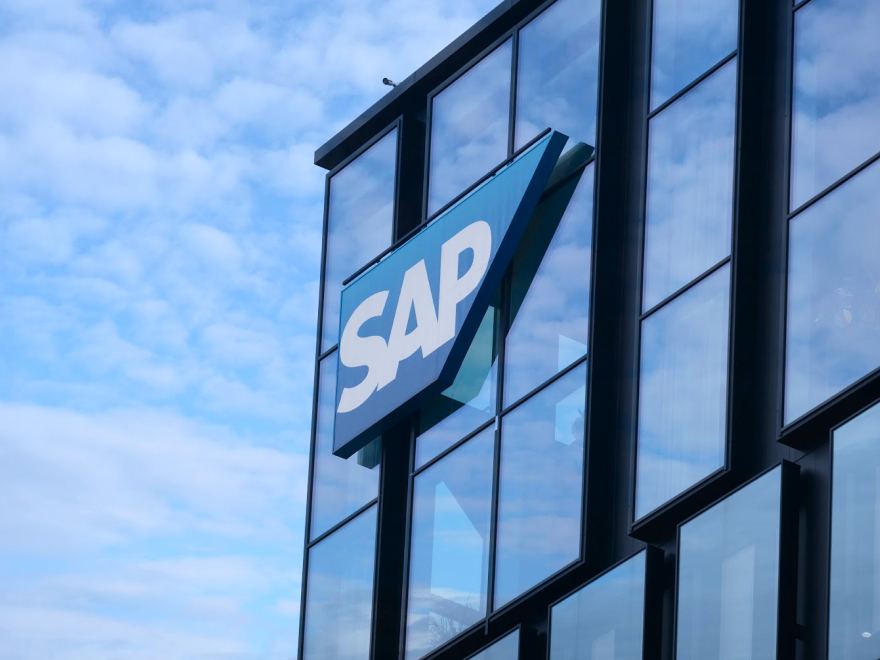


Votre message a été envoyé.
Nous traiterons votre demande et vous contacterons dès que possible.

En vous inscrivant, vous acceptez notre Politique de confidentialitéy compris l'utilisation de cookies et le transfert de vos informations personnelles.